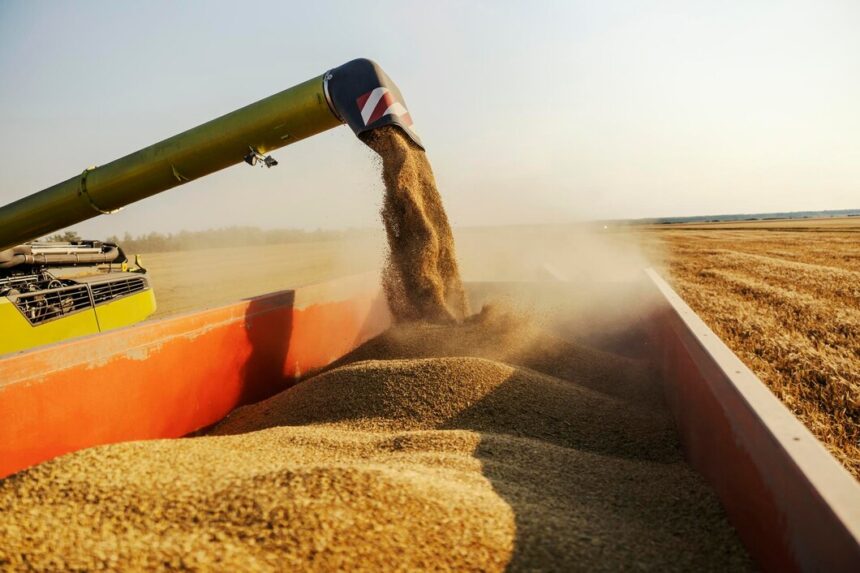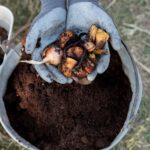Maximizing wheat yields requires more than just good luck or favorable weather. It demands a combination of smart decisions, timely interventions, and careful management. Whether you’re growing wheat on a small scale or managing large tracts of farmland, applying the following best practices can significantly boost your crop performance.
1. Choose the Right Wheat Variety
Starting with the right seed is crucial. High-yielding wheat varieties that are adapted to your region’s climate and resistant to common diseases can make a big difference in productivity. Look for cultivars that perform well under both irrigated and rain-fed conditions, and that are known for strong tillering and good grain quality.
Selecting the right variety also reduces your dependency on chemical inputs, as disease-resistant lines can naturally withstand threats like rust, smut, and blight. Always work with certified seeds to ensure purity and germination rates.
2. Plant at the Optimal Time and Density
Timing is everything in wheat farming. Sowing too early or too late can expose the crop to temperature extremes, pests, or poor soil conditions. Aim to plant during the recommended window for your agro-ecological zone, usually just before or at the start of the rainy season.
Alongside timing, the correct plant population is vital. Use a calibrated seed drill or planter to achieve even spacing and proper seeding depth—generally between 2 and 5 centimeters. Optimal row spacing (usually 15 to 20 centimeters) ensures each plant receives enough light and nutrients without unnecessary competition.
3. Maintain Soil Fertility Through Balanced Nutrition
Healthy soils support healthy crops. Before planting, conduct a soil test to understand the nutrient profile and pH levels. Apply fertilizers based on your test results rather than following a generic schedule. This prevents overuse of inputs and helps you invest where it matters most.
Wheat has high nitrogen requirements, especially during early growth stages. However, phosphorus and potassium are equally important for root development and grain formation. Consider split nitrogen applications and supplement with micronutrients like zinc and sulfur if deficiencies are detected.
4. Use Efficient Irrigation and Water Conservation Methods
Water availability can make or break a wheat crop. Wheat is sensitive to drought during critical stages such as tillering, heading, and grain filling. If irrigation is available, prioritize watering during these stages to maintain yield potential.
Use moisture sensors or simple field checks to monitor water needs. Drip irrigation or well-managed sprinklers help save water and reduce disease risks associated with surface flooding. Avoid overwatering, which can cause leaching and waterlogging.
5. Practice Integrated Weed and Pest Management
Weeds compete with wheat for nutrients, water, and light, while pests and diseases can quickly wipe out gains made through other practices. An integrated approach to managing these threats includes cultural, mechanical, biological, and chemical methods.
Start with field sanitation and crop rotation to reduce pest and disease carryover. Use pre-emergence and post-emergence herbicides wisely, and rotate chemical groups to prevent resistance. Regular scouting helps identify issues early so that interventions are timely and targeted. Whenever possible, introduce beneficial insects and other natural controls to keep pest populations in check.
Boosting wheat yields involves a thoughtful approach from seed selection to harvest. By choosing the right varieties, planting at the right time, maintaining soil health, managing water effectively, and protecting the crop from weeds and pests, farmers can achieve consistent and profitable harvests. With these top five practices in place, you’re not just growing wheat—you’re cultivating success.
Join 'Farmers Mag' WhatsApp Channel
Get the latest Farming news and tips delivered straight to your WhatsApp
CLICK HERE TO JOIN






